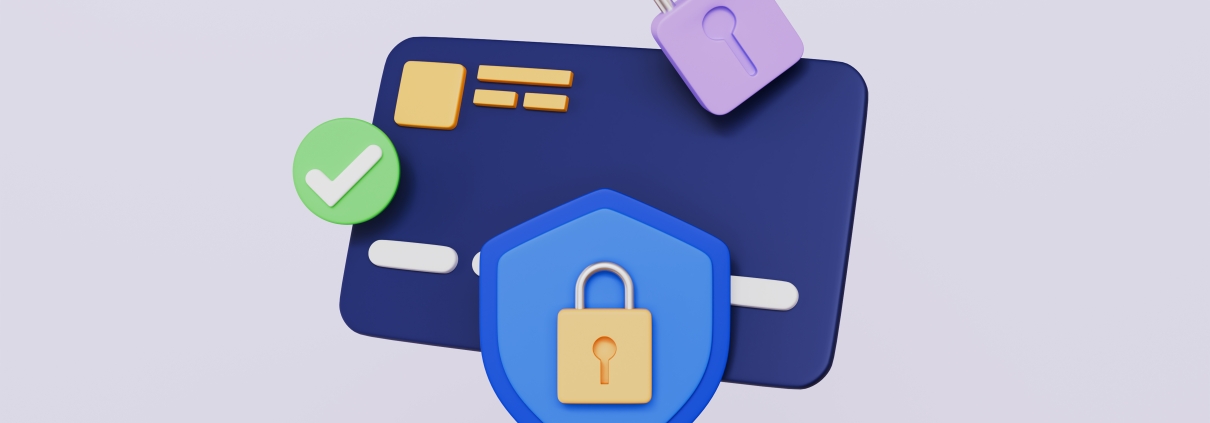Payment Tokenisation: Simplifying Security in the Digital Payments Ecosystem
What is Payment Tokenisation?
Payment tokenisation is the process of replacing real payment data, such as a card number, with a unique, randomly generated identifier known as a token. Unlike encryption, where data can be decoded with the right key, tokenisation stores the real information in a secure vault and uses a token as a stand-in during transactions.
How the Process Works: In Simple Terms
- Card Registration – A customer adds their card details to a digital wallet, banking app, or merchant checkout.
- Token Generation – The issuing bank or token service provider replaces the real card number with a token and stores the original data securely.
- Transaction Authorisation – When a payment is made, the token is transmitted instead of the card number.
- De-tokenisation for Validation – The token is matched with the original data behind the scenes, confirming the payment’s legitimacy.
- Completion – The payment is processed, and the customer’s details remain protected throughout the transaction lifecycle.
Why Tokenisation Matters for Banks and Payment Providers
- Enhanced Fraud Protection – Tokens minimise the value of stolen data thus reducing the risk of misuse.
- Stronger Compliance and Data Protection – Aligns with global standards such as PCI DSS and GDPR.
- Improved Customer Trust – Demonstrates commitment to protecting user data.
- Simplified Multi-Channel Payments – Tokens enable seamless transactions across digital channels.
Tokenisation vs. Encryption: Understanding the Difference
While both methods secure data, encryption converts data into code that can be reversed with a key. Tokenisation replaces the data entirely, offering higher control and eliminating the need for complex key management systems.
The Role of Tokenisation in the Future of Payments
Tokenisation supports safer, faster, and more scalable payment solutions. As digital commerce expands, it promotes interoperability between issuers, acquirers, and networks.
At a Glance
Payment tokenisation replaces sensitive card details with unique digital identifiers, or ‘tokens’, to protect transactions from fraud and data breaches. This technology is transforming how banks and payment providers secure customer data while supporting seamless digital experiences.
FAQs
Is payment tokenisation the same as encryption?
No. Encryption scrambles data, but tokenisation replaces it entirely with a unique token that holds no value outside the secure system.
Does tokenisation affect how customers pay?
No. The process runs in the background, ensuring quick, secure, and seamless payments.
Who issues the tokens?
Tokens are typically generated by banks, card networks, or authorised token service providers.
Can tokenisation be used for recurring payments?
Yes. Tokens securely support subscriptions and recurring transactions without storing actual card data.
Why is tokenisation important for the payments industry?
It prevents data breaches, reduces fraud exposure, and supports compliance while improving customer experience.
Stay Tuned
Stay tuned for more insights from GPayments as we continue exploring secure payment technologies shaping the future of digital commerce.


